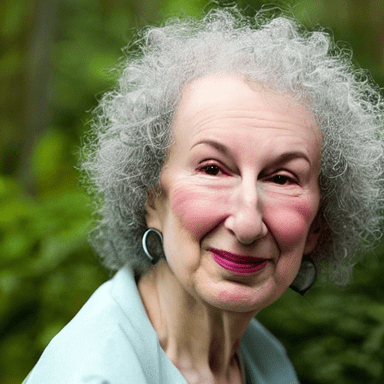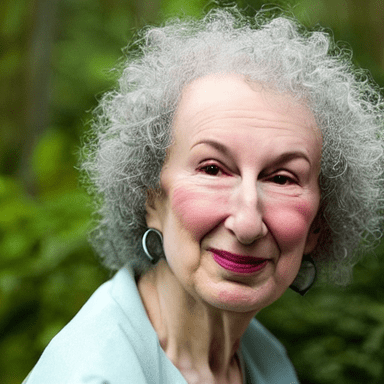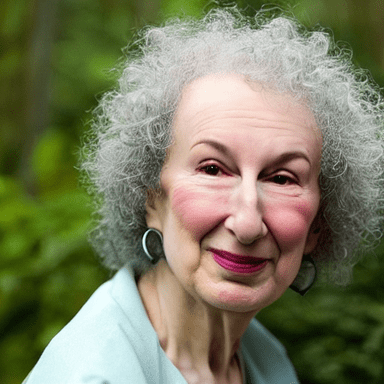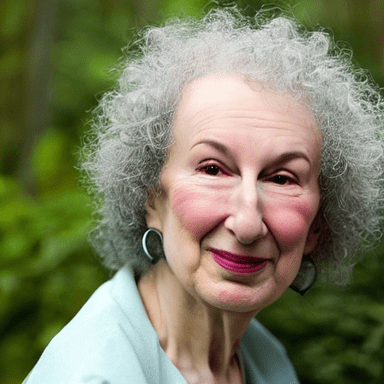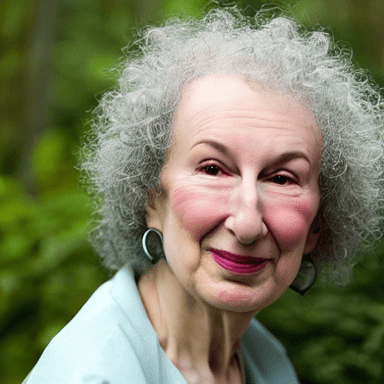
The Role of Religion in 'The Year of the Flood'
Introduction
In her 2009 novel The Year of the Flood, Margaret Atwood masterfully weaves religious, spiritual, and biblical motifs into a futuristic dystopian narrative of environmental collapse and societal ruin. This essay will analyze how Atwood insightfully channels both critique of and hope in faith-based meaning-making through the experiences of her characters amid harrowing post-apocalyptic scenarios.
The Religious Themes in a Dystopian Reality
A companion piece to Oryx and Crake set in the same disturbing near-future reality, The Year of the Flood focuses on two women surviving alone in a wasteland after a catastrophic pandemic wipes out most of humanity. Within this apocalyptic setting, Atwood explores religious themes of sin, redemption, and morality through the women's involvement with the cult God's Gardeners prior to the apocalypse, while also satirizing religious extremism through the group's restrictive doctrine and indoctrination tactics. Ultimately, faith is shown to provide consoling continuity and ritual order amid the chaos of disaster.
Biblical Allusions and the Resonance of Faith Narratives
Atwood develops religious themes through extensive biblical allusions, including metaphorical comparisons between the pandemic and Noah's flood, conveying faith narratives' lasting cultural resonance despite sci-fi trappings. As scholar Samantha Walton notes, the novel is "strewn with references" to iconic stories like Genesis, illuminating religion's mythic staying power (Walton 407). The biblical motifs affirm spiritual meaning's persistence.
Critiquing Religious Zealotry in God's Gardeners
However, Atwood also critiques religious zealotry through the oppressive ideologies and rituals of the cult God's Gardeners. Critic Ryan Lackey argues the group represents a "distorted environmental religion" that the novel cautions against, rather than endorses (Lackey 207). Scenes of indoctrination warn against moral absolutism in faith.
Religion's Capacity to Provide Order and Hope Amid Disaster
Yet the consolation characters like Ren and Toby take in faith rituals and songs amid disaster affirms religion's enduring capacity to provide order and hope. As scholar Lucas Law argues, Atwood shows spiritual meaning sustains people through crises by offering “a sense of divine order” (Law 152). The novel balances critique with empathy regarding faith.
The Nuanced Exploration of Religion's Light and Dark Sides
Margaret Atwood’s nuanced integration of religious themes in the speculative fiction realm provides insightful exploration of how faith narratives persist while extremism threatens, yet belief systems can also console amid utter chaos. The Year of the Flood offers timely perspectives on religion’s light and dark sides.
